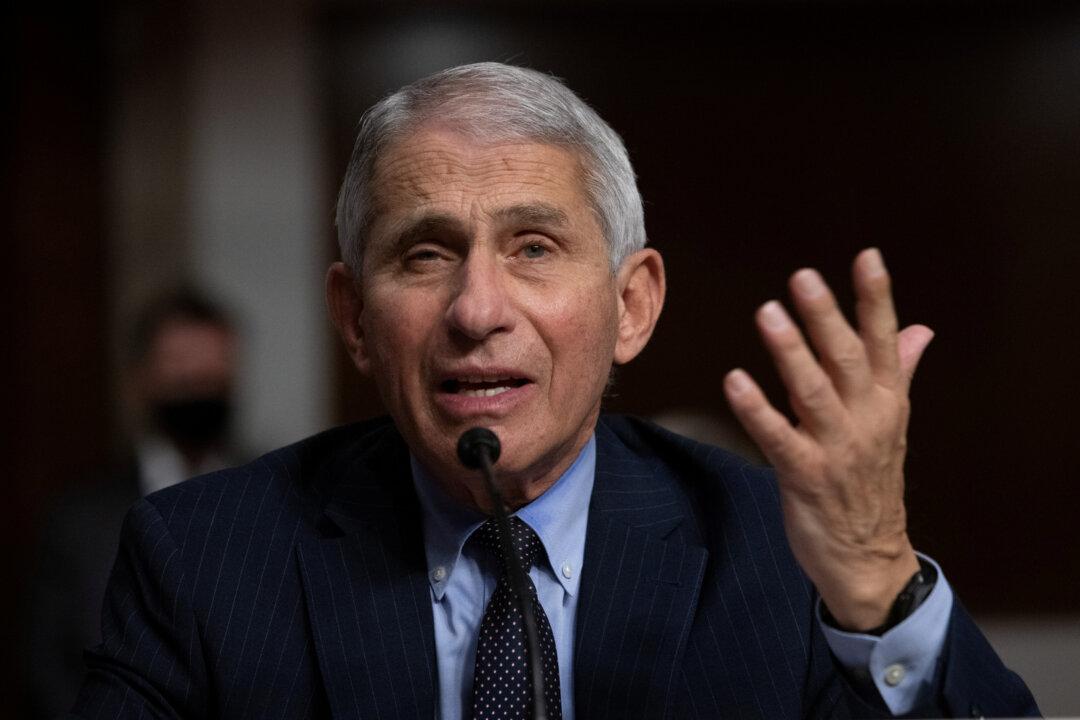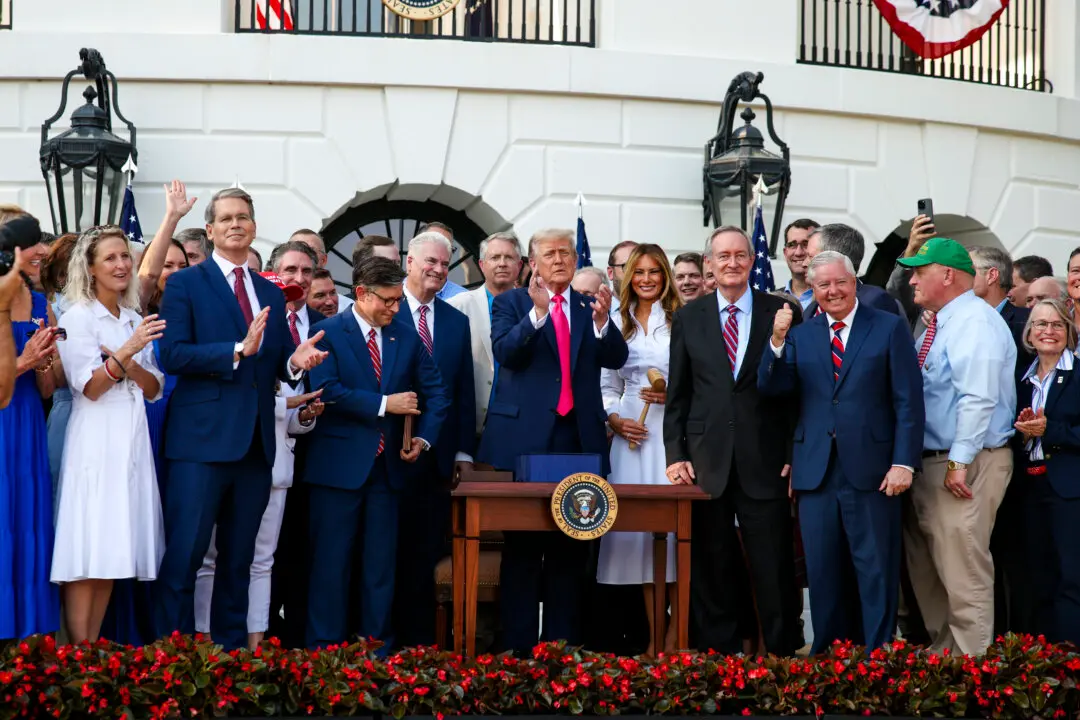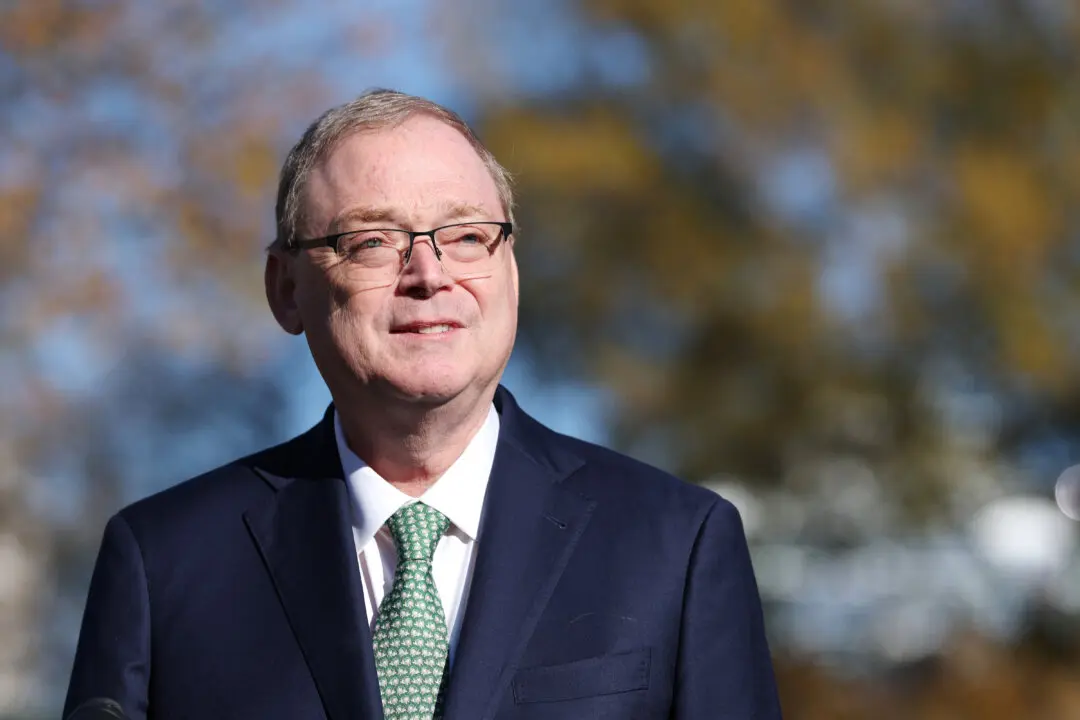Dr. Anthony Fauci, director of the National Institute of Allergy and Infectious Diseases, said on Nov. 29 that he fears a dramatic resurgence of the CCP (Chinese Communist Party) virus, and urged further curbs on bars and restaurants to limit community spread, while recommending that schools stay open.
“We say it not being facetiously as a sound bite or anything, but, you know, close the bars and keep the schools open is what we really say,” Fauci said during a virtual appearance on ABC’s “This Week.”





